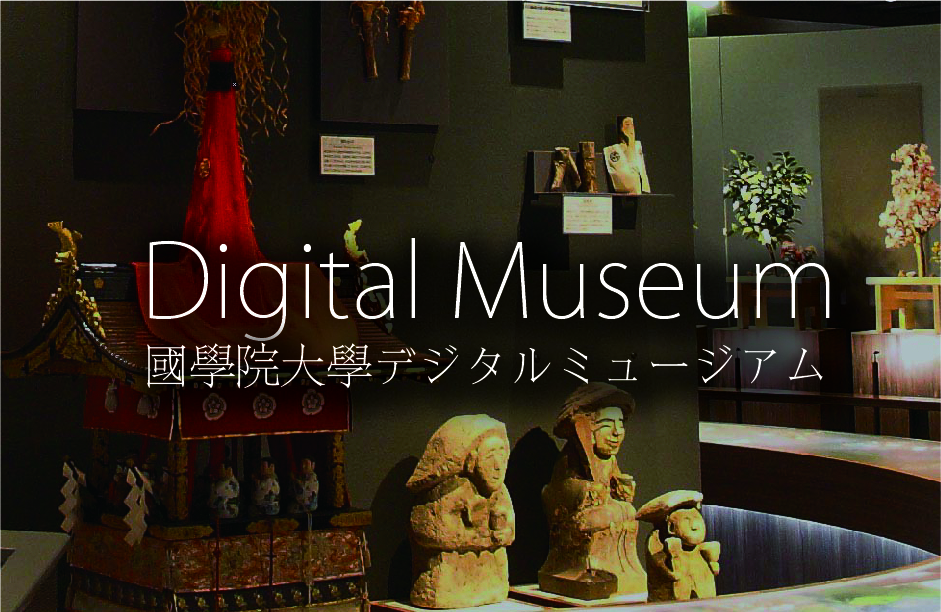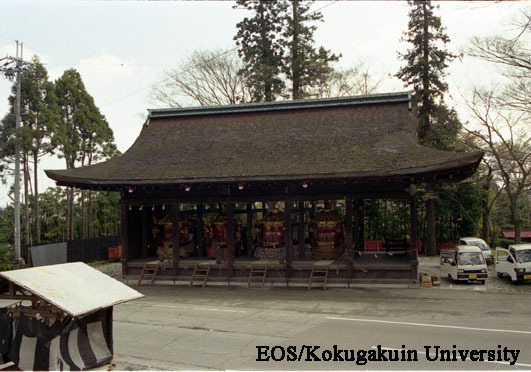- トップ
- Encyclopedia of Shinto
- Otabisho
Encyclopedia of Shinto
| Main Menu: | |
| Links: |
詳細表示 (Complete Article)
| カテゴリー1: | 4. Jinja (Shrines) |
|---|---|
| カテゴリー2: | Shrine Architecture |
| Title | Otabisho |
| Text | Also called okariya or angū, a facility serving as the temporary destination or midway resting point during a kami's ritual procession (miyuki). On the occasion of such processions, the kami's symbol is taken from its usual "seat" (shinza) in the shrine and is transferred to a portable shrine (omikoshi or shin'yo), then borne through the shrine parish district (see ujiko) until the procession reaches the otabisho, where rites are observed. The otabisho is normally selected on the basis of some special relationship to the shrine and its object of worship (saijin), but it may be one of several types. For example, some otabisho are special structures permanently dedicated for such use; in other cases, the otabisho may be an auxiliary shrine outside the main shrine's precincts (keidaichi), or a shrine dedicated to a "consort deity" of the saijin. In still other cases, the home of a parishioner may be selected as the otabisho or a temporary structure may be built as required to serve the purpose. In general, the traveling kami is thought to spend a predetermined period of time in the otabisho before returning to its main shrine, but the actual time spent at the temporary resting point may vary from no more than a brief stop during the procession to relatively long-term periods of enshrinement. Normally, the portable shrine used to bear the kami in the procession continues to serve as the kami's residence or divine seat during the duration of its stay at the temporary shrine. — Mori Mizue |





